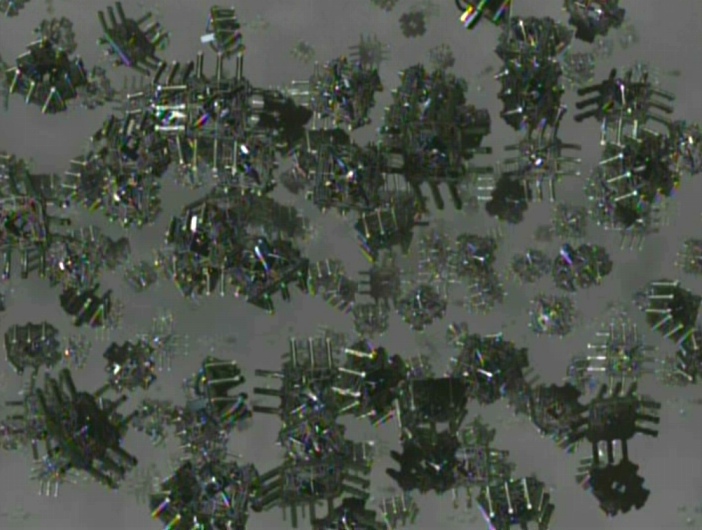Bryan, sorry but do you still have your graph for NR NAD+ boosting activity / Time please ? and also to come back more early on this topic: what made you think NMN has to first being converted to NR to enter the cell ?
Hi Tom,
Charts http://www.longecity...e-5#entry757406 However I heard through the grapevine we might be getting better half-life data soon so these charts are likely obsolete and inaccurate.
Nicotinamide Mononucleotide (NMN)
It appears for cell membrane transport the phosphate is removed, you should read about the PnuC transporters if this of interest to you.
Some of us have been looking for alternatives and have weighed the alternatives but they've proved more expensive than (NR).
I'm at dinner but look at this: http://www.longecity...e-7#entry733468
Also see:
https://en.wikipedia...ke_transporters
Pathways and subcellular compartmentation of NAD biosynthesis in human cells: from entry of extracellular precursors to mitochondrial NAD generation.
http://www.ncbi.nlm....pubmed/21504897
"Our results demonstrate that, besides nicotinamide and nicotinic acid, only the corresponding nucleosides readily enter the cells. Nucleotides (e.g. NAD and NMN) undergo extracellular degradation resulting in the formation of permeable precursors."
also http://jb.asm.org/co.../13/4410.full "We characterized two enzymes, a nucleotide phosphatase encoded by the e(P4) outer membrane protein and NadN, an NAD+ nucleotidase located in the periplasm (23, 40, 44). In addition, we showed that NAD+ and NMN cross the outer membrane mainly via the OmpP2 porin (2). However, only NR can be utilized by the transport system located in the inner membrane (19, 42), which is encoded by a homologue of pnuC. We characterized the pnuC gene product as the protein that is responsible for the main flow of the NR substrate into the cytoplasm, and we also found that H. influenzae pnuC knockout mutants were not able to grow under in vivo conditions (there was not invasive growth in infected infant rats) (19)."
Also see Nicotinamide mononucleotide transporter PnuC. There is a family of transporters involved in moving extracellular NAD and NMN across the cell membrane. As far as the texts read it appears it has something to do with the phosphate being removed at the cell membrane and the molecule is reassembled after crossing into the cell.
So the idea isn't mine and the cell membrane transport action seems conserved across a number of cell types.
Edited by Bryan_S, 24 April 2016 - 05:05 AM.
































 This topic is locked
This topic is locked





















